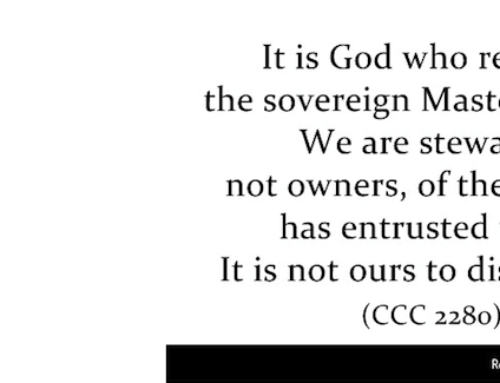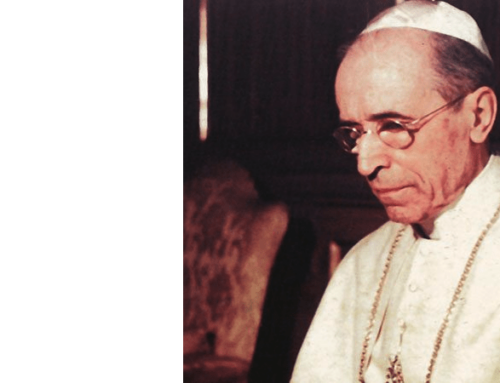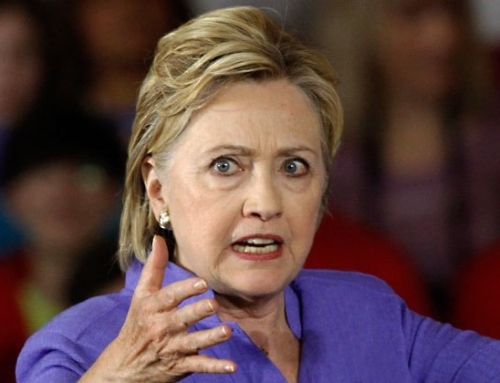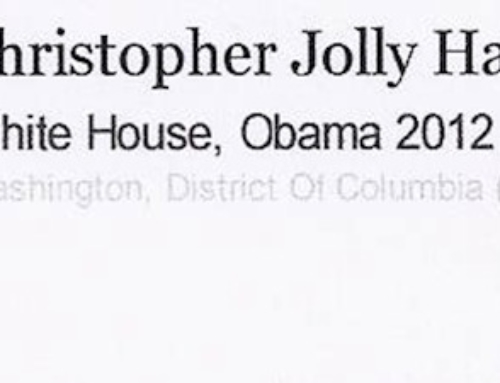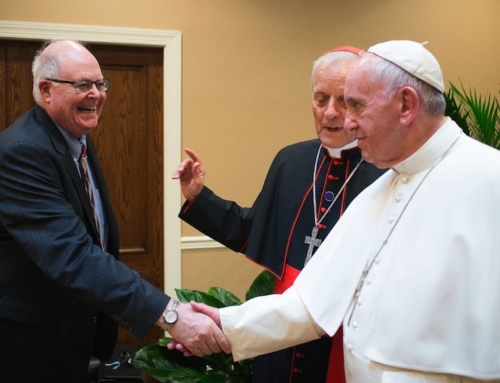Libby Sternberg
November, 2007
As they went to the polls on November 7, 1922—85 years ago this month—the voters of Oregon were asked to approve an amendment to the state’s education laws that read in part:
“…Any parent, guardian or other person in the state of Oregon, having control or charge or custody of a child under the age of 16 years and of the age of 8 years or over at the commencement of a term of public school of the district in which said child resides, who should fail or neglect or refuse to send such child to a public school for the period of time a public school shall be held during the current year in said district shall be guilty of a misdemeanor and each day’s failure to send such a child to a public school shall constitute a separate offense….”
Translation: if you send your child to a private school instead of a public one, you face a fine, imprisonment, or both.
Nowhere in that law was the word “Catholic” mentioned, but the goal was clear: to shut down all Catholic schools and to steer their students into public schools, where threatening “papist” views could be safely blanched from the youngsters’ minds.
The law was championed by the Ku Klux Klan and other zealous nativists who believed that Catholic immigrants threatened to bring bolshevism to America after World War I. Grand Dragon Fred Gifford, a chief advocate of the school statute, believed that “the American public school, non-partisan, non-sectarian, efficient, [and] democratic,” was “for all the children of all the people.” (By “non-sectarian,” he meant “non-denominational Christian;” public schools, though drenched in religion at the time, were of a “non-sectarian” type.) Gifford went so far as to say that immigrants (“mongrel hordes”) “must be Americanized. Failing that, deportation is the only remedy.”
Anti-Catholic nativists believed that Catholics could overthrow the government at a moment’s notice, turning Americans into knaves of the Roman pope. They believed that only by attending a government-controlled school could children learn to be true Americans, and become properly grounded in American history and the principles of liberty.
The campaign for the Oregon law included a mix of hysteria and grand theater. An ages-old anti-Catholic device—lectures by an “escaped nun”—was trotted out. “Sister Lucretia” was taken around the state, sometimes speaking in public schools themselves, to denounce Catholicism and stir up audiences against the Roman church.
An anti-Catholic, pro-public school booklet entitled The Old Cedar School was circulated as well. This allegorical tale included the story of a farmer’s son who converts to Catholicism and sends his children to the “Academy of St. Gregory’s Holy Toe Nail,” where they study “histomorphology, the Petrine Supremacy, Transubstantiation, and…the beatification of Saint Caviar.”
The story isn’t content to merely ridicule Catholics and what they believe. It paints a picture of a Catholic bishop who actually burns down a public school.
The message was hardly subtle—Catholics and their schools were not just threats to the public schools, but a mere matchstick away from destroying them entirely. It was no wonder, then, that the King Kleagle of the Pacific Klan declared that the battle for the Oregon School Law was about “the ultimate perpetuation or destruction of free institutions, based upon the perpetuation or destruction of the public schools.”
In short, if you sent your kids to private schools, particularly Catholic ones, you were against public schools and against what America stood for.
Ironically, though the nativists feared bolshevism, their insistence on one government-controlled school system actually smacked of the very communism that they sought to avoid, a point made by Archbishop Michael J. Curley of Baltimore. “The whole trend of such legislation,” wrote Curley, “is state socialism, setting up an omnipotent state…on the principles of Karl Marx.”
Catholic defenders felt compelled to point out the obvious—that Catholic schools were absolutely American, that English was the language spoken in the schools, and that even their mottos were American (“For God and country”).
These arguments failed to persuade. Oregonians passed the law by a vote of 115,506 to 103,685.
But the arguments continued, this time in the courts of law, where Catholic plaintiffs challenged the new law as unconstitutional.
The lawyer for the state of Oregon told one court that juvenile delinquency had increased as attendance at non-public schools increased. Thus, he said, forced attendance at public schools was the only way to ward off “the moral pestilence of paupers, vagabonds, and possibly convicts.” He, like the anti-Catholic nativists who had championed the law, also warned of bolshevism. Children educated in private schools would be inclined to adopt the principles of “bolshevists, syndicalists, and communists,” he contended. And he went on to warn that if the law was not upheld, cities across the country would be dotted with “elementary schools which instead of being red on the outside will be red on the inside.”
Despite such heated rhetoric, reason eventually prevailed. On June 1, 1925, the U.S. Supreme Court ruled that “the child is not the mere creature of the state,” overturning the Oregon law and settling once and for all the question of whether Catholic schools had a right to exist in America.
In the unobstructed view of retrospect, it’s hard to understand the fear-mongering that led to the passage of the Oregon law. Even if one were to accept the preposterous claims of the law’s anti-Catholic supporters—that Catholics, out to destroy the Republic, were using their schools to advance their plan—Oregon’s demographics should have put nervous xenophobes at ease.
At the time, fewer than 10 percent of Oregon’s inhabitants were Catholic, and only 13 percent were foreign-born. Of the students attending school, 93 percent were in public schools already.
But the Oregon law was only the tip of a much larger iceberg that had been gaining heft for nearly a century.
From the mid-1800s until the battle for the Oregon law, the very formation and growth of America’s public school system was intertwined with an unsavory nativist movement that sought to use the newly-formed “common schools” to turn immigrants—mostly Catholics—into true Americans. Unfortunately, these reformers’ vision of what made a true American didn’t include the tenets, the rituals, the prayers, or even the Bible of the Roman Catholic Church. Instead, they wished to inculcate children with a non-denominational brand of Protestant Christianity.
In these new common schools, Catholic children were forced to recite Protestant prayers, sing Protestant hymns, and use the King James, rather than the Douay, version of the Bible. Resisting students were punished, and the punishment was upheld by the courts.
Not surprisingly, this led to the blossoming of the Catholic school system; Catholic schools became havens for new immigrants. And while English was the language spoken in the schools, some classes were also offered in the immigrants’ native tongues. My father’s Catholic elementary school in Baltimore, for example, taught religion classes in Polish.
While the Oregon School Law might have died in 1925, the anti-Catholic sentiments that spawned it still leave a troubling legacy. Today, the only K-12 schools that are cost-free to students in America are public ones. Unlike our post-secondary system, where students can use public funds in the form of grants, scholarship, GI Bill money, and the like at the institutions of their choice, the only schools automatically getting public funding at the K-12 level are public ones.
Nativist entanglement with the school law also led to the passage of so-called Blaine Amendments in several states. Enacted in the late 1800s, these amendments prohibited the use of public funds for sectarian schools or institutions. For all practical purposes, “sectarian schools” was code for “Catholic schools.” As explained previously, “non-sectarian” meant the non-denominational brand of Protestant Christianity taught in public schools.
Even today, Blaine Amendments still stymie voucher and school choice advocates in the courts. And even in states without such amendments, courts will sometimes interpret state and federal law as if Blaine Amendments were on the books.
In addition, today’s voucher opponents, when making their case, often unwittingly use the language of the proponents of the Oregon law, by asserting claims about the necessity for enshrining the public school in a special place in American life because such schools teach us how to be Americans.
Even a current mainstream organization that attempts to block voucher programs has some roots in a movement to stop Catholics. Americans United for Separation of Church and State, a prominent voucher opponent in the public square and in the courtroom, started out with a different name—Protestants and Other Americans United for the Separation of Church and State. Formed in 1947, the organization didn’t change its name until 1971.
This is not to say that those who oppose vouchers today are anti-Catholic. But they might be surprised to learn that they are standing shoulder-to-ideological shoulder with an unsavory cadre from history—those who, 85 years ago, sought to make the public school the preeminent educational institution in America by quashing diversity and stifling Catholics.
Making education free and available to all children was a noble goal. Had it not been overrun by distasteful political forces, parents might have been allowed to choose where that education would take place, without incurring a financial penalty.
Libby Sternberg is the former head of Vermonters for Better Education, a school choice organization. She is an Edgar-nominated author of several teen mysteries. Her new book, The Case Against My Brother, is set in 1922 Oregon against the backdrop of the campaign for the state’s School Law.


